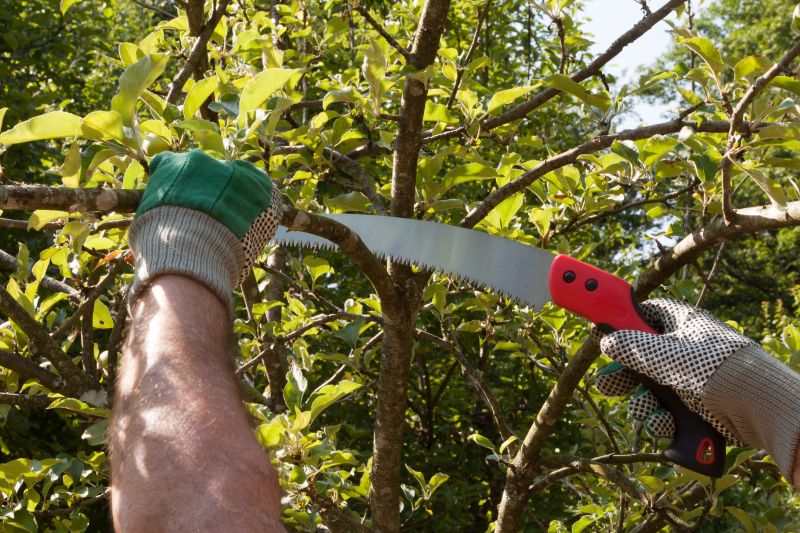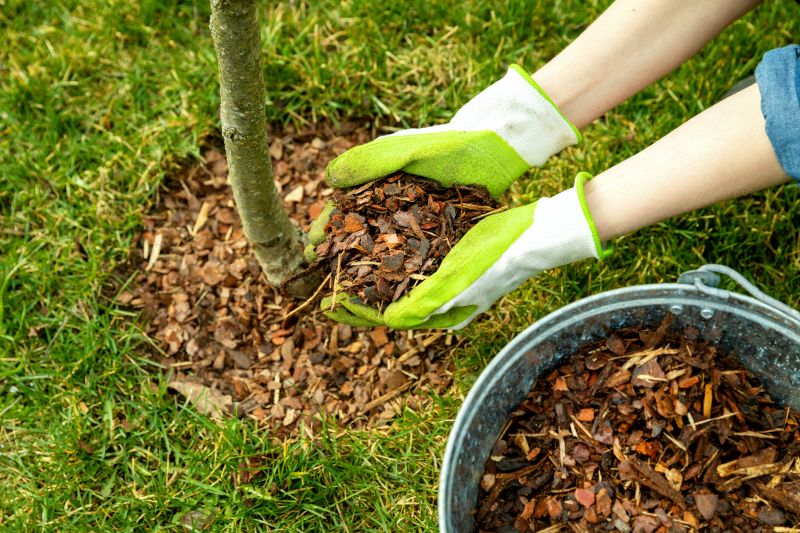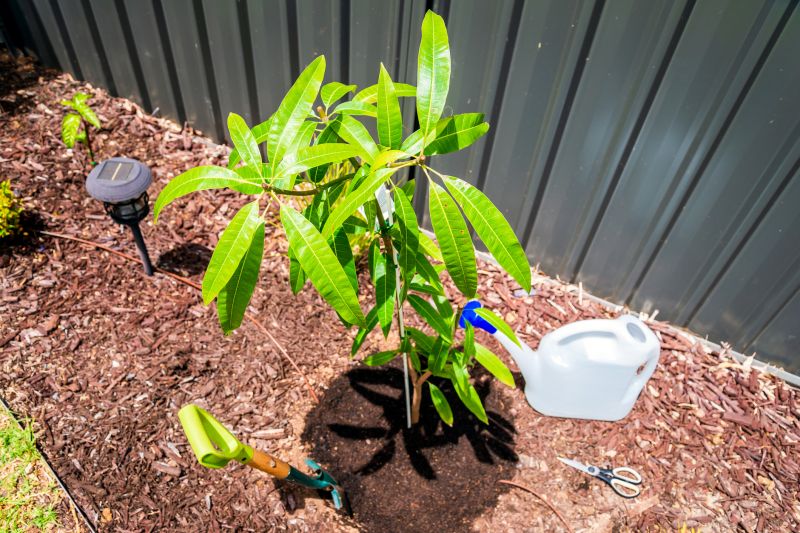Effective Fruit Tree Trimming for Better Harvests
Proper management of fruit tree trimmings is essential for maintaining healthy orchards and maximizing fruit production. Regular pruning and trimming help remove dead or diseased branches, improve air circulation, and promote new growth. The volume of trimmings generated can vary greatly depending on the size and type of fruit trees, with mature orchards producing hundreds of pounds of organic material annually. Efficient disposal or recycling of these trimmings can contribute to soil health and orchard productivity.

Freshly cut branches from fruit trees showcase the typical size and shape of trimmings collected during seasonal pruning.

Chipped trimmings are often used as mulch to protect soil and retain moisture around fruit trees.

Trimmings gathered for disposal or composting are stored in containers ready for processing.
Understanding the process of trimming fruit trees involves several steps, including assessing branch health, identifying crossing or rubbing branches, and determining the optimal cuts to promote healthy growth. The process typically takes a professional orchard worker between two to four hours per acre, depending on the density of the trees and the extent of trimming required. Proper technique ensures minimal stress to the trees and encourages better fruit yield in subsequent seasons.
Hiring a professional for fruit tree trimmings offers numerous benefits. Experienced arborists or orchard specialists can perform precise cuts, reduce the risk of disease transmission, and ensure the longevity of the trees. Their knowledge of pruning techniques tailored to specific fruit varieties helps optimize fruit quality and production. Additionally, professionals can efficiently handle large volumes of trimmings, reducing cleanup time and ensuring proper disposal or recycling.
Professional trimming involves strategic cuts that promote healthy growth and improve fruit production.
Trimming a typical orchard requires several hours per acre, depending on tree density and condition.
Expert services help ensure proper pruning, disease prevention, and optimal fruit yield.
Trimmings can be chipped for mulch or composted to enhance soil health and reduce waste.

Showcases the clean cuts and healthy structure resulting from professional trimming.

Chipped trimmings used as mulch around fruit trees for soil protection.

Collected trimmings prepared for composting or chipping.
Proper management of fruit tree trimmings is vital for orchard health and productivity. Regular pruning, performed by experienced professionals, ensures the removal of problematic branches and encourages vigorous growth. Utilizing the trimmings through chipping or composting can improve soil quality and reduce waste. Maintaining a consistent trimming schedule contributes to the long-term success of fruit cultivation efforts.
Individuals interested in obtaining a quote for fruit tree trimmings services are encouraged to fill out the contact form. Professional assistance can streamline the trimming process, enhance tree health, and ensure proper disposal of organic material.



